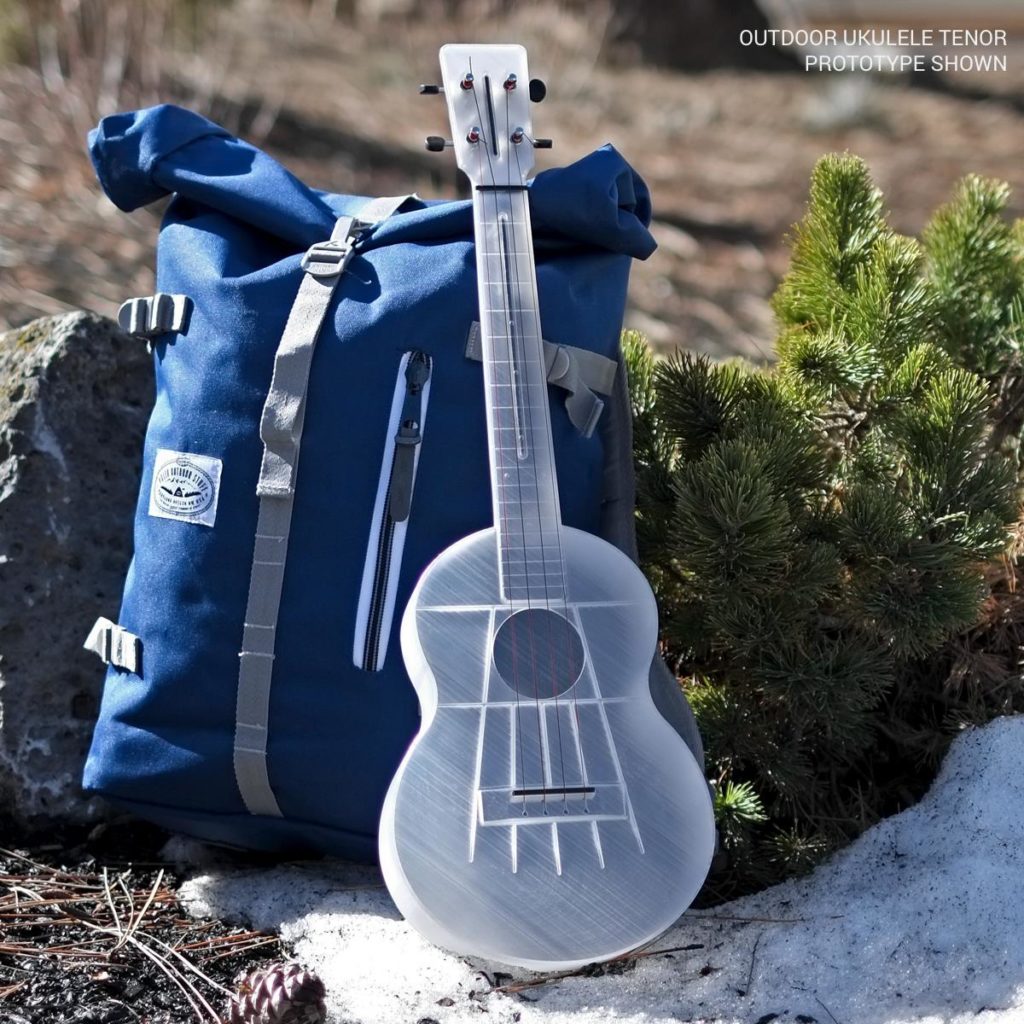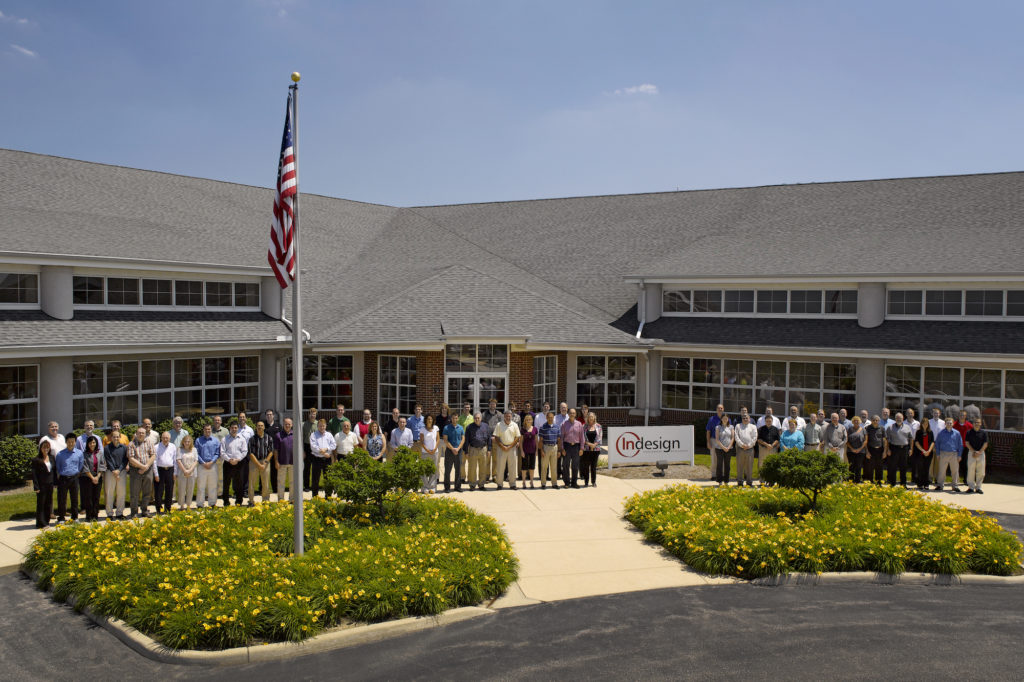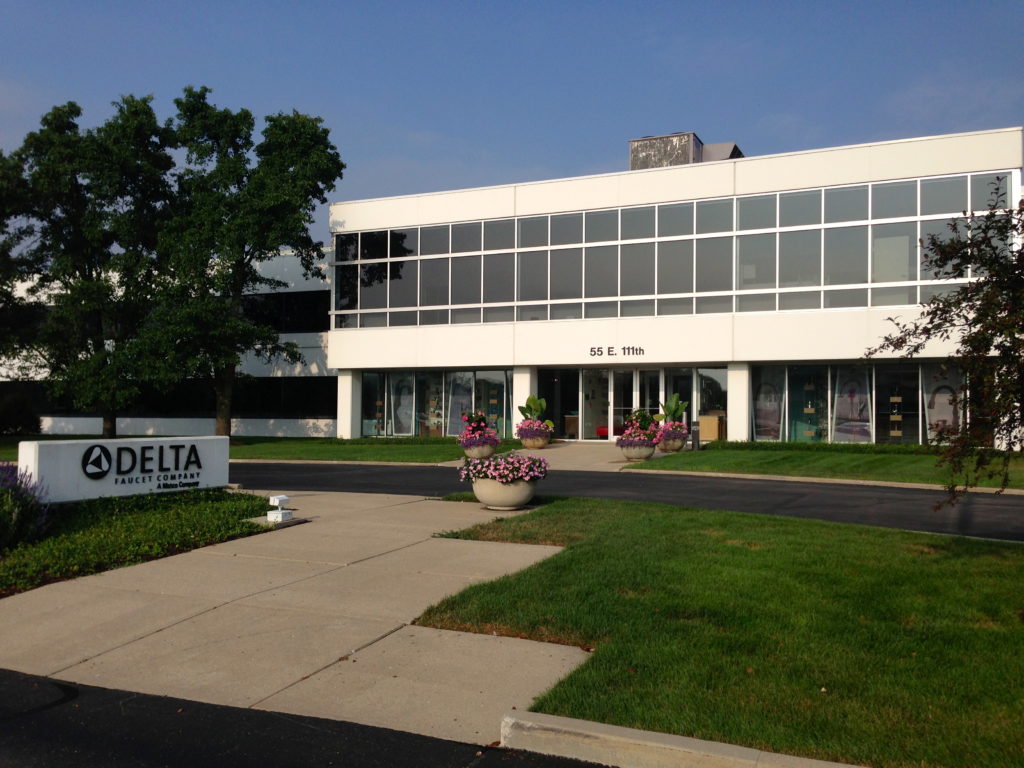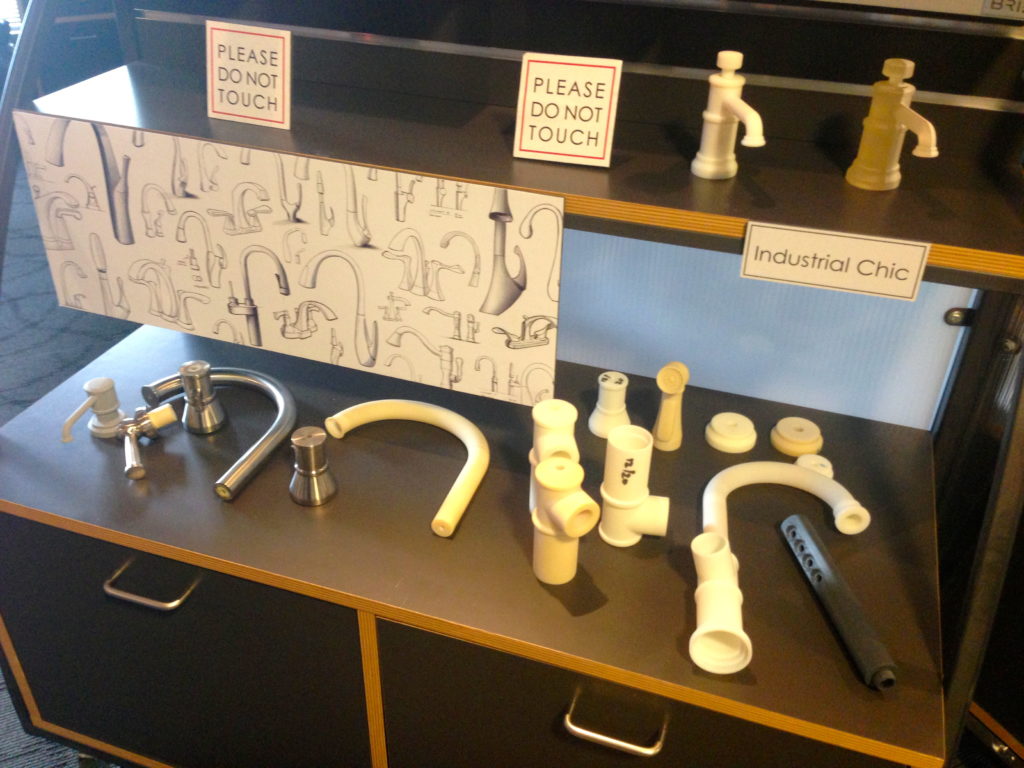 Realize, Inc. recently partnered with Impulse Product Development on a new and exciting project. Impulse was in need of RTV Castings made of silicone for a client that wanted prototypes of their new product The Kupp‘. Here is the story of how Realize and Impulse helped create the first prototype of The Kupp’!
Realize, Inc. recently partnered with Impulse Product Development on a new and exciting project. Impulse was in need of RTV Castings made of silicone for a client that wanted prototypes of their new product The Kupp‘. Here is the story of how Realize and Impulse helped create the first prototype of The Kupp’!
The Kupp’ is a six ounce European glass outfitted with a colorful silicone sleeve. It’s designed for children three and older. Produced in Europe and the US, the glass and the sleeve adhere to the strictest quality standards for both the US and Europe. The Kupp’ glass is certified lead and cadmium free, is made from a pure soda-lime formula and is completely dishwasher safe. The grip-friendly silicon sleeve is BPA/BPS free, medical food grade silicon and comes in a range of colors. The colorful, child-themed sleeves, designed as a smile, easily attract children of all ages. The Kupp’ is the perfect serving size, helping to avoid wasting costly milk and juice while encouraging kids to become more aware as consumers. Children instantly feel drawn to the color and love to take care of their own glasses. Created by Katesplace founder Kate Oliver, the Kupp’ helps parents step away from the ongoing task of organizing their children’s daily routine; why not let the kids set the table. The firm grip and protective sleeve, insures a low probability of breakage while still offering a safe, toxic free vessel in which to drink.
We asked Kate Oliver, the woman behind The Kupp’, a few questions about the creation and vision of her product.
Kate: The Kupp’ gives children the gift of color and the benefits of glass. By offering a color connection to their glassware, young children begin the early lessons of locating, using, cleaning and storing their belongings, or in this case, their Kupp’. By bringing the fun and wonderfully designed Kupp’ into the house, parents can step away from the ongoing task of organizing their child’s daily routine.
Realize: What types of things were you looking for when designing the product?
Kate: Functionality, this is a product that will be used with the modern family and its aim is to help simplify and organize the kitchen routine. It had to come in one part, and the silicone could not come apart. It had to be dishwasher safe and be a product that brought harmony into what is otherwise a chaotic scene (the family kitchen)
Realize: What new products might you develop moving forward?
Kate: Anything that will help the modern family teach their growing children domestic responsibility. It is hard to take the time to teach these skills so Katesplace is working to product products that children of all ages want to use and enjoy using.
Troy Mason, President and CEO of Impulse Product Development provided some insight into how the project came about and how Realize and additive manufacturing played a role.
“The client contacted us wanting help in getting her product designed and manufactured. She had an idea, but she didn’t know what the steps were to get the product developed. We worked with her to complete the industrial design, engineering / CAD design, prototyping, and in finding vendors to manufacture the silicone and glass. One of the big challenges with this project was we needed a low cost way to test a silicone sleeve on the glass shape. Building an injection mold tool would have been too costly and time consuming, so we contacted realize to see if we could get RTV castings made from silicone. The result was so good that the client actually wanted to do a second round to evaluate a second design iteration. Creating the prototypes really helped the client make the decision when it was time to order injection mold tooling.”
Brian Cazzell, General Manager at Realize, Inc. explains how the project came together at Realize.
“The Kupp’ project was a collaborative effort with Troy Mason at Impulse Product Development. Their team worked on the design with their client and provided us with the 3D drawings for the prototyping stage. Initially we built a complete prototype of the clear cup using Somos Watershed XC11122 resin with a highly polished surface. To create the soft outer silicone sleeve for The Kupp’, our RTV team made several colorized silicone castings from an SLA master. The end result was a prototype of The Kupp’ that perfectly resembled their production version in both look and feel.”
We are thrilled to be working with great partners on new and exciting products like The Kupp’.
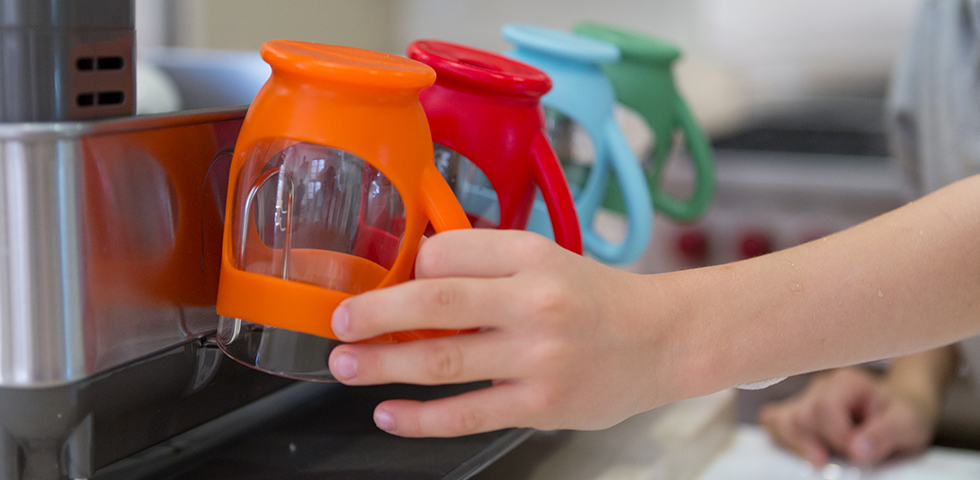
 3D Printing/Rapid Prototyping & Manufacturing
3D Printing/Rapid Prototyping & Manufacturing



